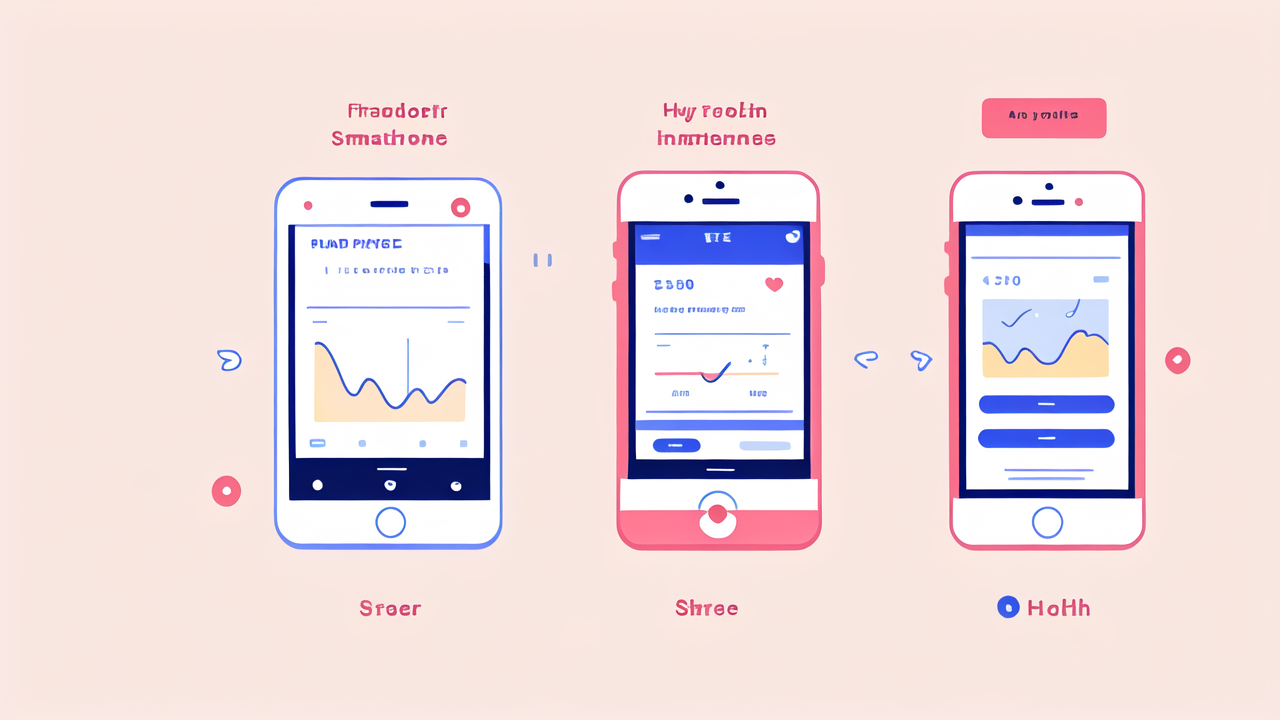The Evolution of Fitness Wearables: From Simple Pedometers to Smart Devices
The inception of the modern fitness tracker
The journey of fitness trackers began with simple pedometers. These basic devices counted steps and not much else. As technology advanced, so did our fitness gadgets. The first smart bracelet emerged in the early 2010s. It was a game-changer for fitness enthusiasts. These devices could track more than just steps. They monitored heart rate, sleep patterns, and calories burned.

The rise of smartphones played a crucial role in this evolution. Smart bracelets could now sync with apps on our phones. This made data easier to view and analyze. The convenience factor skyrocketed. Users could see their progress at a glance. It motivated people to move more and stay active.
Technological advancements in the fitness wearable market
Smart bracelets have come a long way since their early days. They now pack powerful sensors in tiny packages. GPS tracking allows for accurate distance measurements. Heart rate monitors have become more precise. Some devices can even measure blood oxygen levels.
The latest smart bracelets offer features we once thought impossible. They can detect falls and alert emergency contacts. Some can measure stress levels through skin temperature and sweat. Others can track menstrual cycles for women's health. The integration of AI has made these devices even smarter. They can now offer personalized workout suggestions and health insights.
Key Features of Top-Selling Smart Bracelets and Watches
Advanced metrics for better fitness understanding
Today's smart bracelets provide a wealth of data. They go beyond basic step counting. Users can now track their VO2 max, a key indicator of cardiovascular health. Sleep tracking has become more detailed. Devices can break down sleep stages and offer tips for better rest.

Many smart bracelets now include stress tracking features. They use heart rate variability to gauge stress levels. Some even offer guided breathing exercises to help users relax. For athletes, advanced metrics like recovery time and training load are game-changers. These insights help prevent overtraining and reduce injury risk.
Integration with popular fitness platforms and mobile apps
Smart bracelets don't work alone. They team up with smartphones and fitness apps. This creates a powerful ecosystem for health tracking. Popular platforms like Strava, MyFitnessPal, and Apple Health sync seamlessly with many devices. Users can log workouts, track nutrition, and set goals all in one place.
Social features have also become common. Users can join challenges and compete with friends. This adds a fun, motivational aspect to fitness tracking. Some apps offer coaching and personalized workout plans based on your data. The integration possibilities seem endless, making fitness tracking more engaging than ever.
Battery life and convenience considerations
As smart bracelets gain more features, battery life becomes crucial. Most top-selling devices offer at least a week of use on a single charge. Some can last up to a month. This long battery life means less hassle for users. They don't have to worry about charging their device every day.
Convenience extends beyond battery life. Water resistance is now standard in most smart bracelets. Users can swim and shower without removing their device. Quick-release bands make it easy to switch styles. Many devices offer always-on displays for easy time-checking. These features make smart bracelets practical for everyday wear.
Legal and Regulatory Considerations for Fitness Wearables in the United States
Compliance with health and wellness regulations
The FDA plays a key role in regulating fitness wearables. Most smart bracelets fall under the category of "general wellness devices." This means they don't need FDA approval. However, if a device claims to diagnose or treat a condition, it faces stricter rules. Manufacturers must be careful about the health claims they make.

Some smart bracelets now offer ECG features. These can detect heart rhythm irregularities. The FDA has approved several devices for this purpose. This opens up new possibilities for health monitoring. However, it also means more scrutiny for device makers. They must ensure their products are accurate and safe.
Privacy concerns and data protection laws
Data privacy is a hot topic in the world of fitness wearables. These devices collect a lot of personal health data. Users want to know their information is safe. In the US, laws like HIPAA protect health information. However, not all fitness data falls under these rules. Companies must be transparent about how they use and protect user data.
Many states are introducing their own data privacy laws. California's CCPA is a prime example. These laws give users more control over their personal information. Smart bracelet makers must adapt to these changing regulations. They need to offer clear privacy policies and data control options to users.
The future of smart fitness devices in the United States market
The future looks bright for smart bracelets in the US. The market is expected to grow steadily. New features like blood glucose monitoring are on the horizon. This could be a game-changer for diabetics. We may also see more integration with telehealth services. Smart bracelets could play a role in remote patient monitoring.
As technology advances, smart bracelets may become even more personalized. AI could offer tailored health advice based on your unique data. We might see more focus on preventive health features. The challenge will be balancing innovation with privacy and regulatory concerns. Smart bracelet makers who can navigate these waters will likely lead the market in years to come.




Leave a comment
This site is protected by hCaptcha and the hCaptcha Privacy Policy and Terms of Service apply.